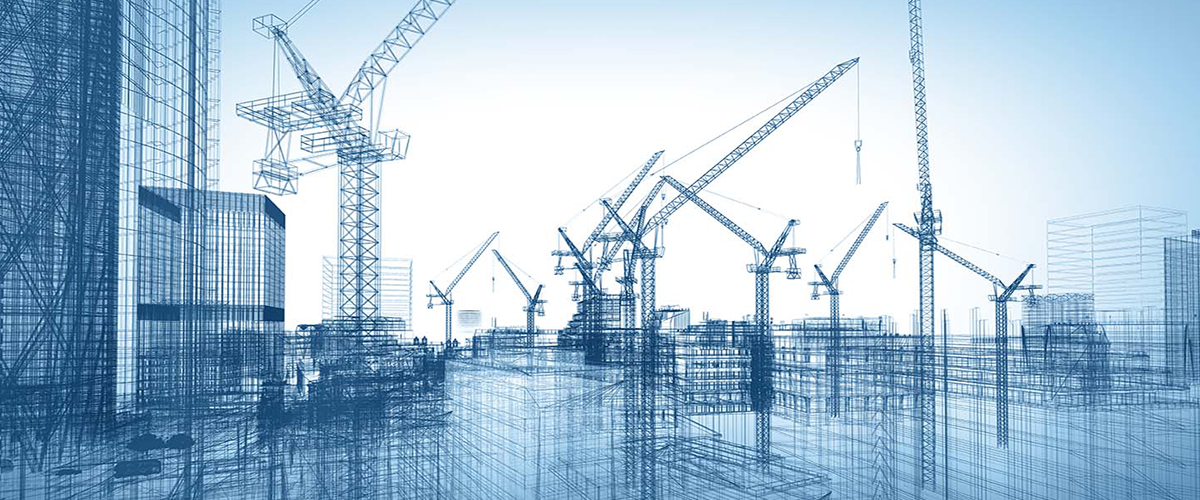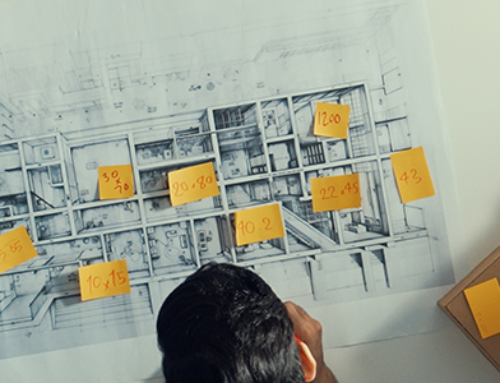As the construction industry continues to evolve and accommodate changes in the workforce, available technology, and economic turmoil, 2020 is bound to see changes in the status quo. We’ve analyzed past and current industry trends to decide the top changes you can expect to see in the coming year.
A spike in design-build popularity
Design-build is slowly becoming the industry standard; in fact, nearly half of all U.S. nonresidential spending came from this approach, and we predict the numbers will just keep increasing. 47 states now use design-build for public projects, favoring the lower costs and shorter timelines it delivers. This efficient process is sure to continue growing as public and private entities opt for design-build contracts on both large and small projects.
Tech supplementing (not replacing) workers
Although initial mindsets suggested that the human workforce should be wary of developing tech, it appears that automation will help rather than hinder the construction industry. Developments in robotics and machine learning will increase safety standards and aid workflow, rather than just replace human hands. These technologies are designed to work alongside real people and eliminate redundant tasks to make work more efficient. As an added bonus, the advancements are sure to help draw younger generations interested in tech and robotics to the industry, boosting the workforce.
Increased use of BIM, AI, and VR
Technological advancements can help contractors with planning, building design, and client satisfaction. BIM programs can already help streamline planning and design through 3D modeling, but as advanced 4D and 5D technology develops, the applications of BIM are virtually endless. Some industry professionals also see applications for AI and VR technology to assist in project formation and completion through machine learning. The tech industry is getting increasingly involved with construction, as Silicon Valley funnels billions of dollars in investments into the industry and new, applicable technologies are developed and hit the market every day.
Labor changes
Due to the recession of 2008, older generations retiring, younger generations choosing tech over construction jobs, and a host of other factors, there has been a huge skilled labor shortage in the industry. To combat the issue, recruitment methods have changed as the years progress; revamping degree programs at trade schools, focusing on women and minorities, and leveraging new construction technology are just a few of the ways the industry is trying to reverse the labor crisis. Unfortunately, these initiatives haven’t been enough to bring numbers back up to where contractors need them. That is why we are predicting even more initiatives from new and fresh perspectives to increase the labor force and encourage emerging adults to pursue a career in construction. Recruitment reforms are bound to be continual and ever-increasing to meet the industry’s demand.
Drone implementation
Gone are the expensive days of taking jobsite photos from planes. As drones become more affordable and accessible for both businesses and the public, companies are bound to utilize this new tool for much simpler aerial photography.
But that isn’t all. As drone adoption increases, so does the technology’s applications. Accompanying software can assist with mapping, thermal heat imaging, and volumetrics analysis, and we predict that even more capabilities will become available in the near future. This increase of data can help contractors give more accurate timelines and target budgets, further streamlining the construction process.
Increasing off-site work
Investments into offsite construction have spiked in recent years, and so has the amount of work contractors are able to take care of remotely. Through modular construction advancements, better tech workflow, and an increased prevalence of the Lean movement, the offsite trend is projected to continue growing in the coming years.
As 2020 approaches, the trends are clear. Although nothing is set in stone, we can only assume the advancements and improvements technology and industry reforms will continue to make for contractors and construction businesses. Project timelines and looming costs are shrinking, and—although the past may not have looked it—with the right changes, the workforce can continue growing as younger millennials and generation Z members are drawn in by the implementation of robotics and new tech. The industry is seeing groundbreaking changes that are sure to revolutionize the way contractors work.






